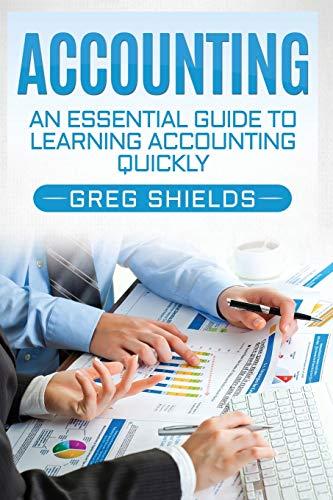Question
SEC Charges Ernst & Young, Three Audit Partners, and Former Public Company CAO with Audit Independence Misconduct: The Securities and Exchange Commission charged accounting firm
SEC Charges Ernst & Young, Three Audit Partners, and Former Public Company CAO with Audit Independence Misconduct:
The Securities and Exchange Commission charged accounting firm Ernst & Young LLP (EY), one of its partners, and two of its former partners with improper professional conduct for violating auditor independence rules in connection with EY's pursuit to serve as the independent auditor for a public company with nearly $5 billion in revenue (issuer). Separately, the Commission brought charges against the Issuer's then-Chief Accounting Officer for his role in the misconduct. All respondents have agreed to settle the charges and will collectively pay more than $10 million in monetary relief. The SEC's order against the auditors finds that EY, EY partner James Herring, CPA, and former EY partners, James Young, CPA and Curt Fochtmann, CPA improperly interfered with the issuer's selection of an independent auditor by soliciting and receiving confidential competitive intelligence and confidential audit committee information from the issuer's then-Chief Accounting Officer, William Stiehl, during the request for proposal process. EY's misconduct in connection with the audit pursuit, the order finds, would cause a reasonable investor to conclude that EY and its partners were incapable of exercising objectivity and impartiality once the audit engagement began.
The SEC's separate order against Stiehl finds that, through his misconduct during the request for proposal process, including withholding key information from the issuer's audit committee, Stiehl caused the issuer's reporting violations. "Auditor independence is not merely an obstacle to overcome, it is the bedrock foundation that supports the integrity, transparency, and reliability of financial reporting," said Charles Cain, Chief of the SEC Enforcement Division's FCPA Unit.
"Auditor independence requires auditors to analyze all of the relevant facts and circumstances from the perspective of the reasonable investor. EY and its partners lost sight of this fundamental principle in pursuing a new client. This action further underscores that auditors must apply heightened scrutiny when making independence determinations." The SEC's order against the auditors finds that EY, Herring, Young, and Fochtmann violated the auditor independence provisions of the federal securities laws and that EY, Herring, and Young caused the Issuer to violate its obligation to have its financial statements audited by independent public accountants. The order also finds that all respondents engaged in improper professional conduct within the meaning of Rule 102(e) of the SEC's Rules of Practice. EY, Herring, Young, and Fochtmann consented to the SEC's order without admitting or denying the findings and agreed to cease and desist from future violations.
EY has agreed to a censure, to pay a civil money penalty of $10 million, and to comply with a detailed set of undertakings for a period of two years. Herring, Young, and Fochtmann agreed to pay civil money penalties of $50,000, $25,000, and $15,000, respectively, and to be suspended from appearing or practicing before the Commission, with a right to reapply for reinstatement after three, two, and one year, respectively. The SEC's order against Stiehl finds that he caused and willfully aided and abetted the issuer's reporting obligations stemming from the auditor selection process improprieties. Stiehl, who consented to the order without admitting or denying the findings, has agreed to cease and desist from future violations of the securities laws, to pay a civil money penalty of $51,000, and to be suspended from appearing or practicing before the Commission, with a right to reapply for reinstatement after two years.
7 Step Ethical Decision Model
1. Determine the Facts: Who, What, When, Where, How?
2. Define the Ethical Issues and Stakeholders
3. Identify Major Principles, Rules, Values
4. Specify the Alternatives
5. Compare Values and Alternatives
6. Assess the Consequences
7. Make Your Decision
Step by Step Solution
There are 3 Steps involved in it
Step: 1

Get Instant Access to Expert-Tailored Solutions
See step-by-step solutions with expert insights and AI powered tools for academic success
Step: 2

Step: 3

Ace Your Homework with AI
Get the answers you need in no time with our AI-driven, step-by-step assistance
Get Started


